
maintain a coherent path based on the agent current position
and its goal. Also, our agents can have personality traits, which
impact their behaviors and are, also, taken into account in the
fast-forwarding method. Finally, as a use case, we integrate our
adapted model with a Fog of War system, placing occluded
agents in a ”suspended” state until the estimated position is
reached or a visible area obstruct its path.
This paper is divided as follows: Section II presents the
related work regarding position estimation of agents in crowd
simulations and real-world pedestrians, along with methods
regarding crowd simulation optimizations during movement
prediction. Section III presents the methodology used for
integrating a path planning algorithm and personality traits of
agents within the fast-forwarding model, as well as how we
include personality traits to our agents. Section IV presents the
results achieved in the integration process and a use case of our
proposed method in a fog of war system. Section V presents
the final considerations and future work of our method.
II. RELATED WORK
Due to the increasing demands of simulated environments,
such as a higher number of agents and larger scenarios, several
methods have been presented to reduce the computational
cost of agent movement, collision detection, and collision
avoidance on crowd simulations. Pettre et al. [16] presented
a method where a level of simulation (LOS), similar to a
level of detail (LOD), is given to different sections of the
navigation mesh based on the camera viewpoint. Agents closer
to the camera are updated with higher frequency. Farther
away and occluded agents are given lower priority. Osborne
and Dickinson [17] presented a similar method for grouping
agents using a hierarchical level of detail (LOD). A group
can be defined as a set of agents of the same type, goal,
and nearby positions. The LOD of a group is defined based
on its distance to the camera. Guy et al. [18] proposed a
parallel method for local collision avoidance using the concept
of velocity obstacles. Each agent takes into consideration the
current velocity of nearby agents to create a set of cones, each
containing the possible directions that will cause a collision.
After that, the direction of each agent is adjusted seeking a
point not included inside the cones, which avoids collision
between them.
Different methods and navigation techniques to estimate
the position of real-life pedestrians, which were later adapted
for virtual agents, are presented in the literature. Beaure-
gard and Haas [19] used a pedestrian dead reckoning (PDR)
method combined with acceleration sensors to estimate indoor
positions. Taia et al. [20] combines a PDR technique with
A* path planning algorithm [21] to provide a more precise
approximation of pedestrian routes. Yi et al. [22] proposed
a method for estimating the travel time for pedestrians in
crowded scenes. Their model defines a group of regions of
interest (ROI) for pairings of both sources and destinations,
calculating the traffic flow and densities for each region.
Environmental elements and stationary persons are taken into
account as obstacles. Abnormal behaviors, such as wandering
pedestrians, can be identified based on the deviation from their
estimated travel time.
Bianco et al. [12] presented a method for estimating the fu-
ture individual position of virtual agents in crowd simulations.
Their work uses a PDR method to define the prior positions
of each agent, taking into consideration their goal and speed
at the frame where the jump occurs. Future positions are
adjusted based on a global environment complexity factor and
interaction with other agents. This model was later extended
by Bianco et al. [13] to allow the inclusion of events during
the time jump period. Events are defined as changes in the
environment (i.e. adding, moving of removing obstacles and
goals). Also, a metric for comparing crowds was presented,
taking into consideration the local densities of uniform regions
in the environment to define a global error estimation.
Differing from methods that focus on collision detection
optimization or levels of detail, we propose a method that
integrates the Pedestrian Dead Reckoning (PDR) position
estimation with a global path planning algorithm, allowing us
to simulate virtual agents that are aware of obstacles in the
environment, including during the fast-forwarding. We also
included personality traits in agents that affect their behavior
during the simulation, aiming to evaluate their impact on the
path planning algorithm and the fast forward process.
III. PROPOSED MODEL
Fig. 1. Comparison between the model presented by Bianco et al [15] (left)
and our proposed method (right). An agent is placed on the bottom-left corner
of the environment, aiming to reach its goal (triangle). The square represents
an obstacle obstructing the agent’s path. The position of the agent after the
fast forward is represented by a plus sign. Our method introduces a global
path planning algorithm, that adjusts the agent’s path based on obstructing
obstacles, in order to fast forward the agent position in time and space.
The main goal of this work is to adapt the model of Bianco
et al. [12] to make it more accurate, regarding the impact of
obstacles and motion trajectories. To do so, we propose to
remove the global environment complexity factor, that was
computed taking into account the global free space to move
in the environment. Instead, we control the jumping using a
navigation method. In other words, such a navigation method
would deliver the global path each agent should follow to reach
its goal. When the agent needs to jump in time, its new position
is calculated taking such a path into account. Also, we include
a personality factor in our agents, which should influence their
behavior and be taken into account when fast-forwarding the
simulation. Section III-A presents our method to fast forward
the simulation, while Section III-B presents our method to
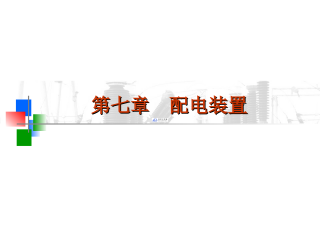
 2024-12-10 42
2024-12-10 42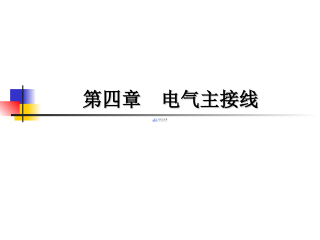
 2024-12-10 73
2024-12-10 73
 2024-12-26 152
2024-12-26 152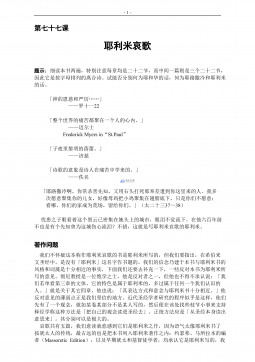
 2024-12-26 303
2024-12-26 303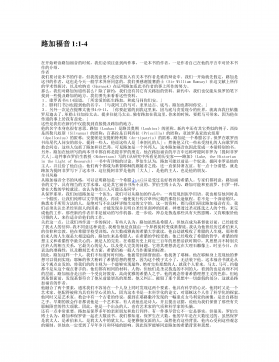
 2024-12-26 173
2024-12-26 173
 2024-12-26 250
2024-12-26 250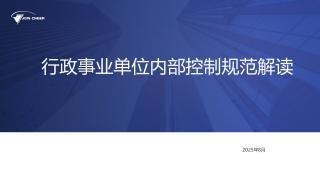
 2025-08-09 209
2025-08-09 209
 2025-08-09 51
2025-08-09 51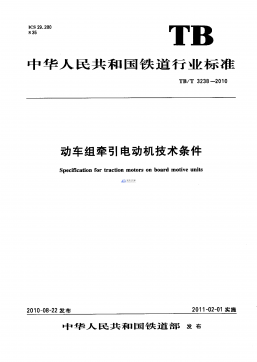
 2025-08-18 3
2025-08-18 3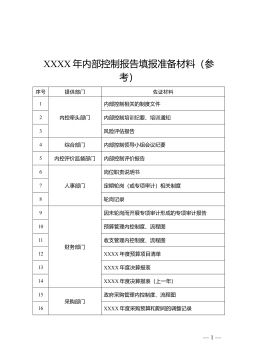
 2025-11-20 23
2025-11-20 23
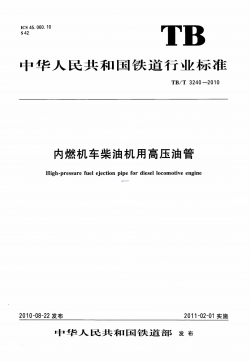






 渝公网安备50010702506394
渝公网安备50010702506394
